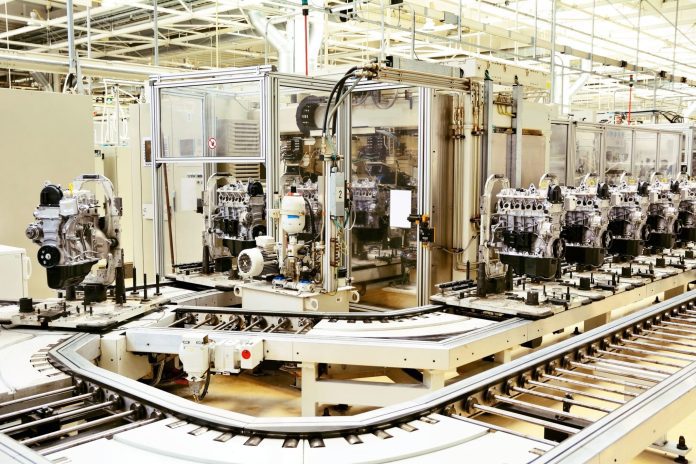Nestlé works with B&R to connect legacy production systems into a smart factory
According to recent projections from research firm Netscribes Inc., the global market for smart factory solutions will hit an annual value of $74.8 billion by 2020, which reflects a 10.4% compounds annual growth rate between now and the end of the decade. Driven by the clear return on investment related to reduced downtime and increased output, the Industry 4.0 trend of digital transforming production facilities into smart factories powered by internet of things sensors, cloud computing platforms and advanced data analytics tools is very real. But, there’s also a very real problem–how to achieve smart factory efficiencies without a greenfield approach.
Manufacturers of all stripes have billions invested in production equipment. While decision-makers realize the benefits of smart manufacturing models, it’s not practical or possible to simply build new production facilities that take advantage of cutting-edge technologies. Instead, digital transformation is a process that often begins with connecting previously isolated equipment and systems to slowly gain data and actionable insight.
In a piece published Sept. 4 in Automation World, Loman Control Systems CEO and Co-founder Robert Lowe addressed this concern: “In a perfect world, an industrial facility is a new, greenfield plant built with the sensors, controllers, networks and computers required to meet the end user’s desires for information. In the real world, an old, brownfield plant is the norm. There are machines, cells of machines and processes that are not connected to anything—they are islands of production with little connectedness. Clipboards might still be used to collect data.”
He called legacy equipment the “elephant in the room.” Lowe recommends a number of solutions including adding sensors connected to a edge appliance; use existing sensors and networks; leverage existing processor ports or upgrade processors; or look to new network tech or cloud-based services.
Subscribe now to get the daily newsletter from RCR Wireless News
Back to the Netscribes research, the authors found Europe is leading the pack in smart factory market share. In Germany, where manufacturing is major economic and workforce driver, Industry 4.0 transformation is a priority for the private and public sectors. Food and beverage manufacturer Nestlé’s Germany subsidiary worked with industrial automation firm B&R to add intelligence at a brownfield site.
Ralf Hagen, E&A/MES engineering manager at Nestlé Germany, said creating a smart factory isn’t like turning on a light, but rather a process. “Our plants vary greatly with regard to sector and size, so the level of smart manufacturing really runs the gamut. In a smart factory, components need to communicate and interact in a much better way than what we’re currently used to. There should be an unbroken logical chain for each customer order that can be executed automatically, start to finish. A machine should know when it needs to speed up or slow down – when it should request additional materials or refuse them. Currently, these decisions still require the experience of human operators, but in the future the machines should be able to handle them autonomously.”
Nestlé Germany used B&R’s Orange Box, which connects formerly isolated equipment using a controller and pre-configured software; the controller harnesses machine data and the software displays relevant performance metrics, which can also be shared with other systems. Hagen said the companies “created a solution that evolves modularly and organically…After all, we live in a world of constant change. If you put a system in place and say, ‘OK, that’s it,’–you’re going to run into trouble when it comes time to migrate.”

